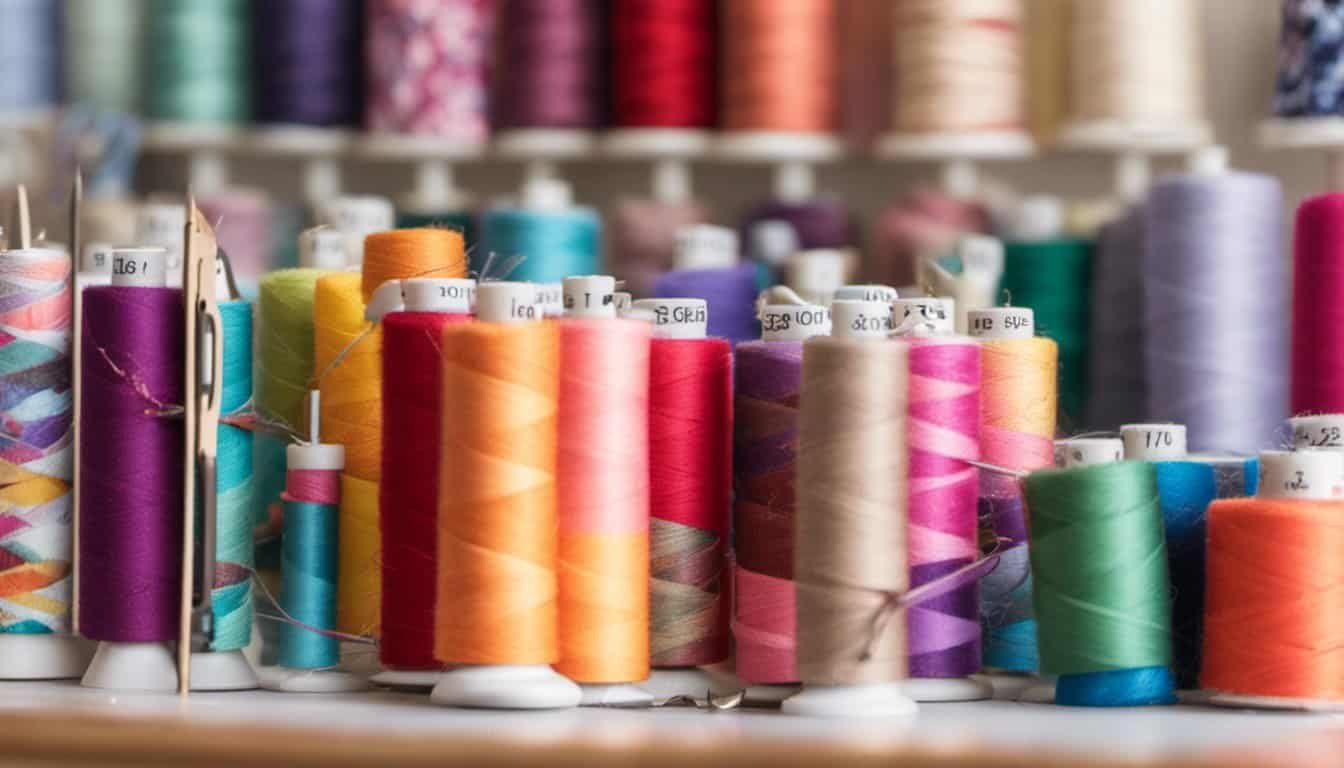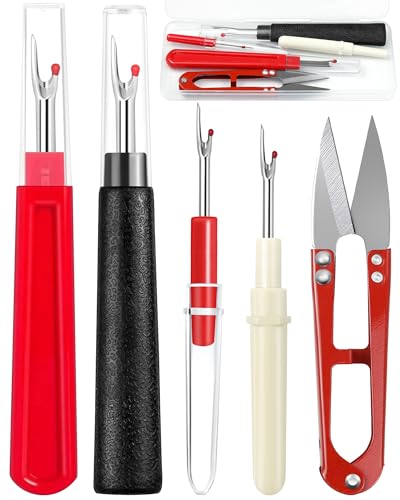Sewing can be a delightful and rewarding hobby, but nothing ruins your project faster than fabric bunching up under your needle. You’ve probably experienced that frustrating moment when your carefully chosen material starts to gather and wrinkle, making your seams look anything but smooth. It’s a common issue, but with a few tips, you can keep your fabric flat and your sewing stress-free.
Understanding Fabric Bunching
Fabric bunching can quickly turn a promising sewing project into an ordeal. By identifying its causes and impacts, you’ll better manage your work and ensure consistent, smooth results.
Causes of Fabric Bunching
- Incorrect Tension Settings: Mismatched tension on sewing machines often leads to bunching. For example, overly tight top tension can pull fabric together.
- Improper Needle Size: Using the wrong needle size can damage fabric, causing it to bunch. Stretch fabrics need ballpoint needles, while heavy fabrics need thicker needles.
- Thread Issues: Low-quality or mismatched thread may cause bunching. Ensure your thread type matches your fabric.
- Feed Dog Problems: Worn or clogged feed dogs can fail to move fabric evenly. Check and clean feed dogs regularly.
- Improper Fabric Handling: Not holding the fabric correctly can lead to uneven feeding and bunching. Maintain even pressure at both ends.
- Aesthetic Degradation: Fabric bunching undermines the visual appeal of your work, leading to distorted seams and uneven appearance.
- Material Waste: Bunched fabric can necessitate extra adjustments or complete do-overs, wasting precious material.
- Increased Time and Effort: Correcting bunching issues adds time and frustration, complicating projects.
- Structural Integrity: Bunching can compromise the integrity of seams, resulting in weaker, less durable projects.
By understanding fabric bunching, you can take preemptive steps to address and avoid these issues. This will help create projects that are not only aesthetically pleasing but structurally sound as well.
Essential Tools to Prevent Bunching
Preventing fabric bunching demands the right tools to ensure smooth sewing experiences. Essential tools like the correct needle and quality thread play integral roles.
Choosing the Right Needle
Different fabrics require specific needle types. Using the right needle for your fabric type reduces the chance of bunching. Standard needles like Universal #80/12 work well with woven fabrics (for instance, cotton or linen), while Ballpoint needles are best for knits (such as jersey or spandex). For sheer fabrics like chiffon, Sharps #70/10 provide fine, precise stitches. Always match the needle size and type to your fabric’s weight and weave.
Importance of Quality Thread
Good quality thread enhances sewing machine performance and prevents fabric bunching. Choose threads like 100% polyester or high-quality cotton for optimal results. Brands like Gutermann and Coats ensure consistent thread tension and reduced lint buildup. Avoid old or low-quality threads, which can break, fray, and contribute to bunching issues.
Utilizing these essential tools helps you create smooth and professional sewing projects, free of annoying fabric bunching.
Preparation Techniques
Preparation plays a vital role in preventing fabric bunching while sewing. By taking a few key steps before beginning your project, you’ll ensure smoother and more professional results.
Proper Fabric Washing and Ironing
Thoroughly washing and ironing your fabric before cutting and sewing help minimize bunching. Washing pre-shrinks the fabric, removing any starch or sizing that could affect your sewing. Ironing, especially with steam, smoothens the fabric and removes any creases or wrinkles. Always follow the manufacturer’s instructions for washing and ironing specific fabrics, as different materials require unique care.
Importance of Fabric Stabilization
Stabilizing the fabric is crucial for preventing bunching, particularly with delicate or stretchy materials. You can use stabilizers, like fusible interfacing or spray starch, to add structure to your fabric. For knits and lightweight fabrics, apply a light fusible interfacing to maintain stability and prevent distortion during sewing. If dealing with particularly slippery fabrics, temporary fabric adhesives or stabilizer sheets can keep the material in place without stretching or shifting. Utilizing these methods ensures smooth, even stitches, reducing the likelihood of fabric bunching.
Sewing Techniques to Avoid Bunching
Preventing fabric bunching during sewing involves using proper techniques and adjustments. Implementing these practices ensures a smoother sewing experience and professional results.
Adjusting Thread Tension
Set thread tension correctly for the fabric type. Incorrect tension can cause fabric bunching. For lightweight fabrics, lower tension settings work best. For thicker materials, increase the tension. Always test the tension on a scrap piece of fabric before starting your project. Adjust the knob or dial on your sewing machine to find the sweet spot where threads lock evenly between the fabric layers.
Correct Sewing Machine Settings
Configure your sewing machine for the specific fabric. Select the appropriate stitch length and width. For delicate fabrics, use a shorter stitch length—around 2.0 to 2.5 mm. For thicker fabrics, a longer stitch length—3.0 to 4.0 mm—works better. Check the foot pressure setting too. If the pressure is too high, it can push the fabric down too hard, causing bunching. Adjust the presser foot pressure to a lighter setting for softer and lighter fabrics, and increase for heavier materials.
Tips for Smooth Sewing
Use a walking foot attachment or a Teflon foot for fabrics prone to bunching, such as knits or slippery materials. A walking foot helps feed the fabric layers evenly through the machine. Keep the fabric stable by holding it taut but not stretching it. Regularly clean and oil your sewing machine to avoid mechanical issues that cause bunching. Lastly, ensure you’re using the right needle for your fabric type to avoid skipped stitches and bunching.

Conclusion
By understanding the causes of fabric bunching and taking proactive steps to address them you’re well on your way to smoother sewing sessions. With the right tools and techniques you can ensure your projects look professional and polished. Remember to regularly maintain your sewing machine and always choose the appropriate needle and thread for your fabric. Happy sewing!












